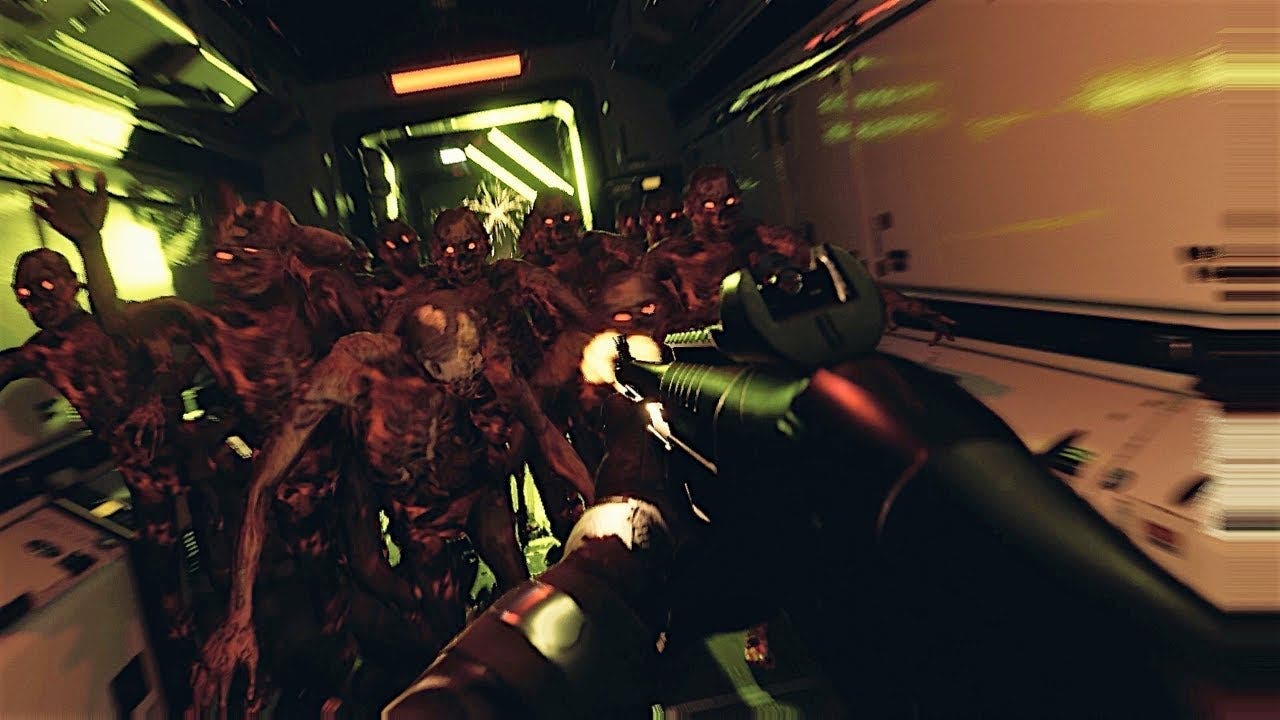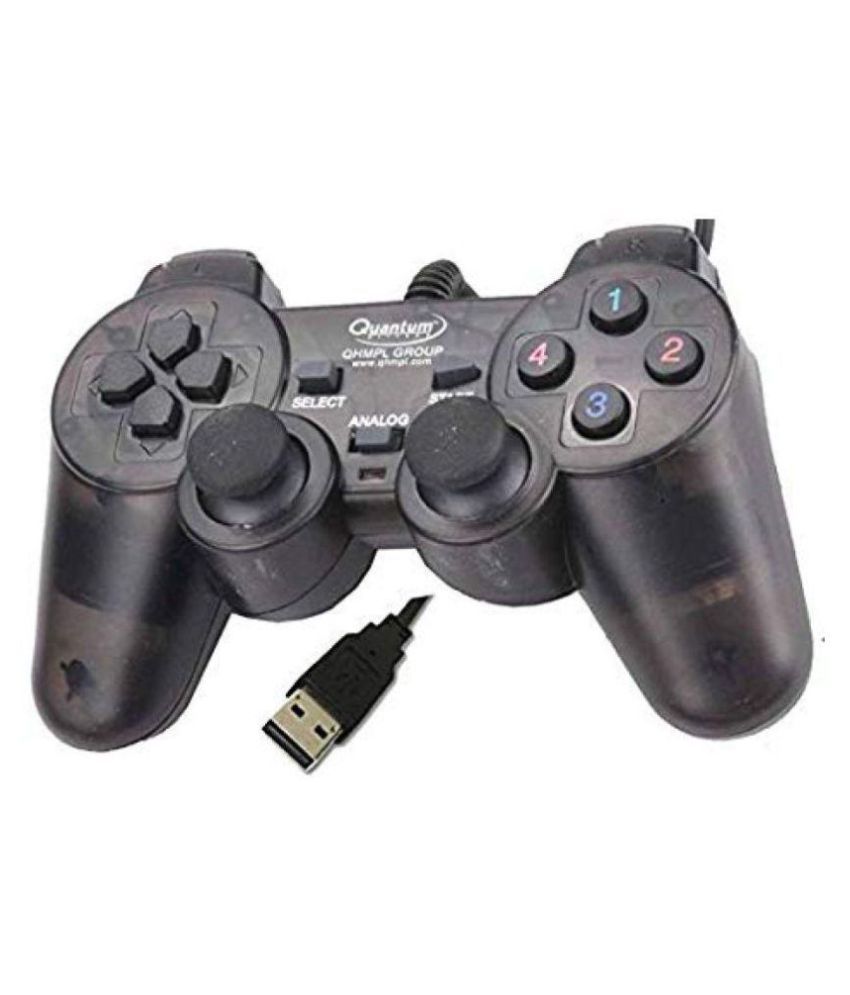



Other groups have demonstrated similar error corrections schemes, but the new work is the first to demonstrate the exponential suppression of errors, says Julian Kelly, a physicist at Google and senior author on the paper. By spreading a single qubit's state over up to 11 data qubits, they reduced the chances of an error after 50 microseconds from 40% to 0.2%. Working with chains of up to 11 data qubits, Google researchers have now been able to preserve a logical qubit for a time that increases exponentially with the number of physical qubits, they report today in Nature. In principle, physicists can then nudge those qubits back into their original states. By repeatedly measuring an ancillary qubit, researchers can tell whether the neighboring data qubits have flipped relative to each other-without measuring the data qubits directly. So researchers interleave the data qubits with so-called ancillary qubits and establish a quantum link called entanglement between each ancilla and its neighbors. They can't do that by directly measuring those data qubits, however, as the measurement itself would squash the two-way state. That bigger, but equivalent, quantum state helps researchers weed out errors. For example, the state of a single qubit that's 30% 0 and 70% 1 can be spread to three qubits so that, taken as a group, the qubits are in a state in which 30% of all three are 0 and 70% of all three are 1. Instead, scientists have devised ways to spread the information in one "logical" qubit across many physical ones. A quantum computer can't do that, as quantum mechanics forbids copying the unknown state of one qubit to others. An ordinary computer can protect against errors by simply making redundant copies of bits and using those copies to verify the correct state.

That's not nearly long enough to enable today's quantum computers to realize researchers' grand ambitions.ĭealing with such errors is a formidable challenge. For example, Google's qubits, which consist of tiny circuits of superconducting metal that have two states with distinct energies, can maintain a two-way state for about 15 microseconds before noise obscures it. The slightest noise from the environment, such as stray electric or magnetic fields, can wipe out a qubit's delicate two-ways-at-once state and leave it at either 0 or 1. Qubits are far more finicky than ordinary bits, however. In contrast, a quantum computer manipulates qubits that can be set to 0, 1, or, weirdly, any mixture of 0 and 1 at the same time-say 30% 0 and 70% 1. From your cellphone to the biggest supercomputer, a conventional computer manipulates electrical switches known as bits that can be set to either 0 or 1.
QUANTUM ERROR PC FULL
Joschka Roffe, a theoretical physicist at the Free University of Berlin, says Google researchers are "within touching distance" of demonstrating full error correction.įor more than 20 years, physicists and engineers have been developing quantum computers that might someday solve problems that overwhelm any conceivable conventional computer, such as cracking the encryption schemes currently used to protect information on the internet. "There's no smashing breakthrough here, but they're doing the hard work, and they're reporting clear progress for a future breakthrough," says Greg Kuperberg, a mathematician at the University of California, Davis. The researchers can't yet compensate for all types of errors-a necessary step toward building a full-fledged quantum computer-but others say they're poised to achieve that goal. Physicists at Google have taken an important step toward protecting delicate information in their nascent quantum computer from errors that can obliterate it.


 0 kommentar(er)
0 kommentar(er)
